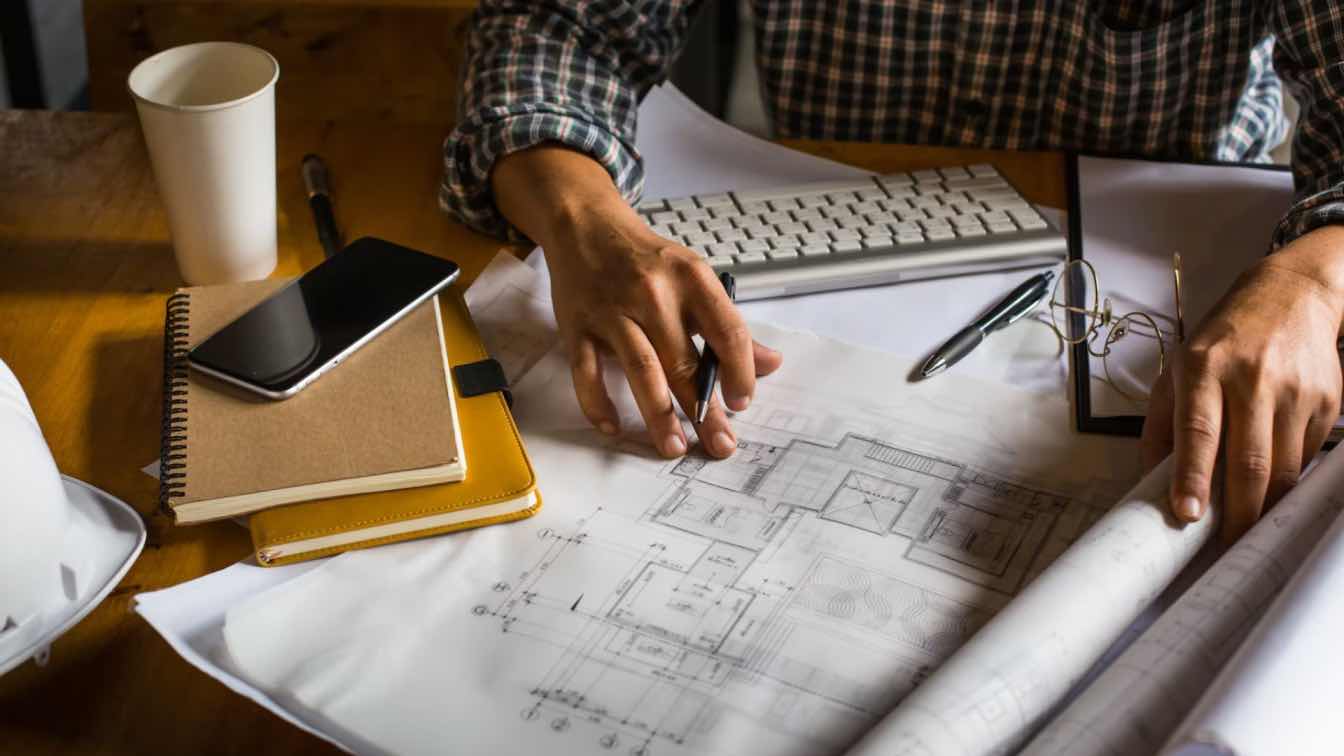As residential architecture has evolved, roof design has become a key element in defining a home's character and functionality. From the simple pitched roofs of traditional cottages to modern flat rooftops, roofs are no longer just functional structures; they play a significant role in aesthetics, energy efficiency, and durability. Advances in materials, building techniques, and homeowner preferences have led to various roof styles, each with its architectural appeal and practical benefits. For homeowners, understanding how roof designs have changed over time offers valuable insight into selecting a roof that complements their home's architectural style and meets their specific needs.
The Impact of Environmental Awareness on Roof Materials
With growing environmental awareness, many homeowners now prioritize eco-friendly roofing options. This has led to a rise in sustainable roofing materials, such as recycled metal and rubber shingles, and green roofs covered with vegetation. Eco-conscious designs focus on reducing a home's carbon footprint, increasing energy efficiency, and improving insulation. Some modern homeowners also explore sustainable options through repair services or installing new roofs that use high-performance materials like solar tiles or cool roofing, which reflect more sunlight. These options cater to both environmental needs and modern aesthetics, offering roofs that align with green building principles.
Influence of the Industrial Revolution on Roof Styles
The Industrial Revolution significantly changed residential roofing, introducing new materials and allowing for more innovative roof designs. With industrialization, materials like metal and concrete became more accessible, expanding the possibilities for form and structure. Architects began experimenting with different shapes and configurations, resulting in styles like mansard roofs, which added extra attic space and allowed for more elaborate façades. During this era, roof designs became statements of social status, with intricate details and unique shapes indicating wealth and modernity in urban architecture.
The Rise of Modern Minimalist Roofs
The 20th century saw a rise in minimalist roof designs that focused on simplicity and functionality over elaborate aesthetics. As architectural styles shifted towards clean lines and open spaces, so did roof designs. Flat and low-pitched roofs became popular, especially in warmer regions where rain runoff wasn't a significant concern. These modern designs emphasize practicality, cost-effectiveness, and energy efficiency. Flat roofs also became ideal for additional living spaces or sustainable installations like solar panels. For homeowners today, choosing minimalist roof styles can offer a streamlined look that complements modern or industrial architecture.
The Role of Technology in Roof Design Innovation
Advancements in technology have made it possible to create roofs that are not only functional but also interactive. Innovative roofing technology, for instance, can improve energy management by controlling ventilation, lighting, and even heating elements within the roof itself. Innovations such as self-repairing materials and photovoltaic tiles that generate solar energy are becoming more common in residential architecture. Technology has transformed roofs from passive structures into active components of a home's energy ecosystem, reflecting the needs of today's energy-conscious homeowners who want long-lasting, efficient roofing solutions.
Adaptability and Multi-Functional Roofs
Modern roofs are increasingly designed to serve multiple purposes beyond mere shelter. Roof decks, patios, and gardens are famous for homeowners seeking to maximize outdoor living space. In urban environments with limited yard space, rooftop gardens or lounge areas offer a practical and appealing alternative. Multi-functional roofs cater to lifestyle needs, providing options for relaxation, gardening, and even entertainment. Additionally, adaptable roof designs can include features like rainwater collection systems or solar panel mounts, making them versatile and supportive of sustainable living practices.
The Resurgence of Classic Roof Styles with a Modern Twist
While modern flat and minimalist roofs remain prevalent, there has been a renewed interest in classic roof styles like gables, hips, and gambrels, especially with updated materials and techniques. Homeowners and architects embrace these classic designs but incorporate modern materials that enhance durability and weather resistance. For instance, asphalt or metal roofing materials can replace traditional wood or clay, providing the look of vintage aesthetics with reduced maintenance needs. This blend of old and new allows homeowners to enjoy the charm of conventional roof styles with the practical benefits of contemporary materials.
Roof customization has become increasingly popular as homeowners seek unique ways to make their homes stand out. Personalized roofs reflect individual tastes, with color, texture, and shape becoming areas for creative expression. Homeowners can now select custom colors for metal roofs, designer shingles that mimic slate or wood, or tiles that enhance their homes' architectural style. Customization also extends to roof accessories such as skylights, dormers, and solar installations, which can be integrated seamlessly into the overall roof design. This trend highlights roofs' role in enhancing curb appeal and individuality.
The evolution of roof design in residential architecture illustrates how roofs have become integral to a home's aesthetic and functional aspects. From classic designs prioritizing function to modern innovations emphasizing sustainability and efficiency, roofing choices offer more variety and opportunity for customization than ever before. By understanding these design trends, homeowners can make informed choices that protect their homes and enhance their style and environmental impact. As roof design continues to advance, there's no doubt that new, exciting developments will provide even more options for building a roof that genuinely reflects a homeowner's vision and values.





